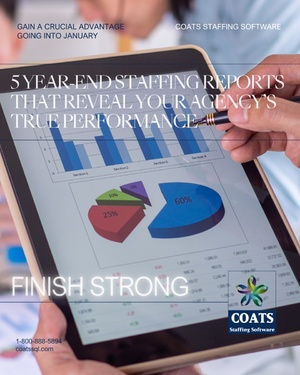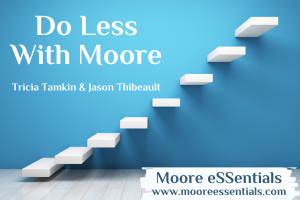Once you’ve been a recruiter for a decade, you know how to close. You’ve made it through recessions, tech shifts, and unreasonable hiring managers. You don’t need another pep talk or a post romanticizing freedom. What’s more helpful at this stage is the parts no one talks about. These are the things successful recruiters don’t post as hero stories or thought-leadership threads. First-year recruiters aren’t even able to see these things, let alone address them. We see these show up in years three through ten, and they can either shut you down or propel you forward.
Autonomy comes at a cost. Owning your desk, clients, and revenue streams feels powerful. And it is. But that freedom brings with it a constant mental burden. This isn’t about how many hours you’re working, and it’s not just about managing risk. It’s about carrying every decision on your own. Pricing, positioning, growth strategy, software, capacity planning, candidate selection, partner selection, taxes, staff management… every single question and decision lands squarely on you. Autonomy becomes heavy. We have to figure out what not to care about and how to stay focused on what actually drives our businesses forward.
Infrastructure matters more than anticipated. The absence of built-in support isn’t obvious right away. When you leave a firm, you don’t just lose the logo. You lose the backend tools, administrative coverage, hiring compliance, access to volume-based software pricing, and that easy sense of legitimacy with larger clients. This rarely seems urgent, until it suddenly is. The choice you face is whether to slow down and build the foundation properly, or keep going and risk everything resting on fragile workarounds. Either way, you will eventually pay for the gap. Better to address it early.
Structure doesn’t appear magically. If you came out of an agency or even a team-based environment, your time had boundaries. There were meetings on the calendar, performance expectations, and deliverables that forced momentum. Once you go solo, the rhythm disappears. Your calendar opens up. Time expands. And that’s when most people lose focus. You feel busy, but your pipeline is thinning. You’re working, but nothing is compounding. What you need is a process. It does not need to be rigid, but it has to be intentional. Without structure, your growth is a guessing game.
Isolation is real and hard. It looks like making every decision in a vacuum. When you’re a solo, you lose friction. No one pushes back on your assumptions. No one offers a better option. No one flags the red flags you’ve stopped noticing. Silo’d silence can be dangerous. Without tension or challenge, you start drifting. The decline is subtle, but it shows up in strategy, pricing, and long-term planning. You stay in motion, but the direction gets fuzzy. You don’t need more advice. You need proximity to other operators who understand your context and will speak plainly.
Eventually, the core question changes. It’s no longer “Can I make this work?” You’ve already answered that. The real question becomes “Is this still worth doing, and what am I optimizing for now?” Once the mechanics are second nature, the challenge shifts. The work becomes about protecting focus, tightening strategy, and preserving energy for what truly matters. You don’t need to prove anything anymore. You are doing it to create options. And once you see it that way, the path becomes a lot clearer. The fastest route to this next level is coaching with Moore eSSentials. (Sorry, not sorry.)





